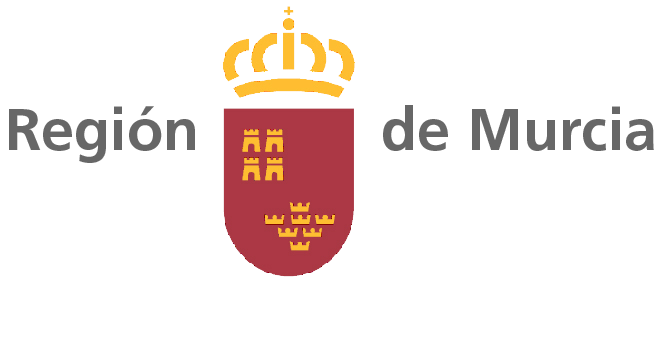Genoarchitectonic brain development and applications to neurodegenerative diseases and cancer
Our present interest is based on our previous or ongoing elaboration of several tentative partial models of the areal genoarchitectonic complexity of given parts of the brain at the level of molecularly characterized progenitor domains, and the consequent need to identify and follow up the diverse cohorts of neurons that emerge in these fields, in order to more fully describe and explain the final composition and circuitry of the diverse brain regions. Part of this program has been fulfilled with our earlier work, but there are still various problems needing attention.
To this end we usually employ molecular characterization methods for fate mapping (genoarchitectony, chemoarchitectony), mixed with transgenic labelling of areal derivatives. We also want to investigate the causal mechanisms acting to produce such varieties of neuronal populations and variant cell behaviours, starting with neuroepithelial patterning.
This needs experimental in silico, in vitro or in vivo approaches (partly using transgenic mice), some of which will be detailed below. We address specific problems on the rostral hindbrain, pretectum, thalamus, prethalamus, hypothalamus, and telencephalic pallium and subpallium.
In addition, a second line of activity explores the role of Fgf family members in late neural development and vascular development, jointly with experimental and molecular analysis of the interaction of glioblastoma tumoral cells with vascular pericytes.

